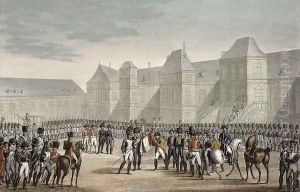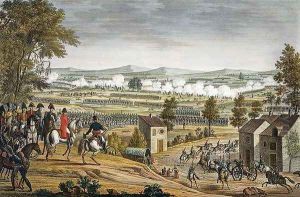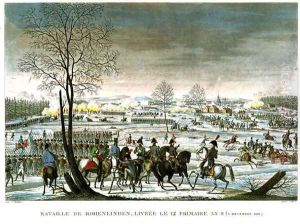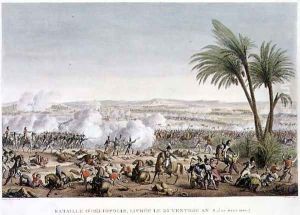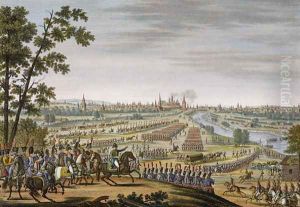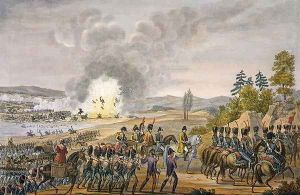Louis Francois Couche Paintings
Louis Francois Couche, a French artist, engraver, and cartographer, was born in 1782. Though not among the most widely known artists of his era, Couche made notable contributions to the field of engraving and cartography during the early 19th century. His work often involved detailed engraving for atlases and geographic publications, a field that was of great importance during a time when exploration and the expansion of geographical knowledge were highly valued.
Couche's craftsmanship and technical skill in engraving would have demanded a deep understanding of geography as well as the artistic ability to translate that into visual representations. He would have been part of a tradition of French cartographers and engravers who were instrumental in documenting new discoveries and compiling comprehensive atlases for both scientific and public consumption.
While specific details about Couche's life and training are not widely documented, it is clear that he worked during a period of significant change in France, spanning the French Revolution, Napoleonic Wars, and into the French Restoration. During his career, Couche would have witnessed the shifts in political and social landscapes, which may have influenced the demand and style for cartographic works.
The exact circumstances of Couche's death are not well-recorded, but he passed away in 1849. Despite the lack of extensive personal information, Louis Francois Couche's contributions to the world of engraving and cartography are recognized among those with specialized interest in the history of mapmaking and the art of engraving.
